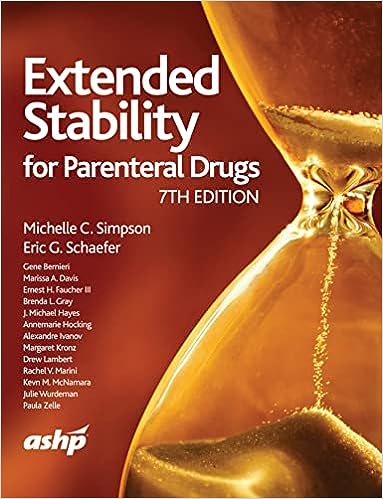Summary: Stability Studies as per Schedule M
Stability studies, as outlined in Schedule M of the Drugs and Cosmetics Rules in India, are a crucial component of pharmaceutical quality assurance. These studies ensure that pharmaceutical products maintain their intended quality, safety, and efficacy over their entire shelf-life. Schedule M provides comprehensive guidelines for conducting stability studies, encompassing various aspects to ensure that products remain stable and effective throughout their expected storage conditions.
Background and Objectives:
The primary objective of stability studies as per Schedule M is to assess the stability of pharmaceutical products under specified conditions and time frames. The studies are designed
Key Aspects of Stability Studies:
Schedule M outlines several critical aspects related to conducting stability studies:
Study Design and Conditions:
The guidelines specify the need
for a scientifically sound study design that includes testing under various storage conditions, such as temperature, humidity, and light exposure. The conditions selected should mimic real-world storage scenarios to accurately predict product behavior over time.Sample Selection:
Stability studies should include samples that are representative of the entire batch and encompass the full range of strengths, dosage forms, and packaging materials. Samples must be collected according to documented procedures to ensure the validity of the stability data.
Study Duration:
The study duration depends on the intended shelf-life of the product and should reflect its expected storage and usage patterns. Long-term, accelerated, and intermediate studies are recommended to capture degradation pathways that products may undergo under different conditions.
Analytical Methods:
Appropriate stability-indicating analytical methods must be employed to accurately assess the product’s attributes. These methods should be validated to ensure their suitability for detecting changes in the product’s quality characteristics over time.
Data Analysis and Interpretation:
Stability data should be analyzed using scientifically sound statistical methods to identify trends, degradation patterns, and any changes in product attributes. The results guide decisions about shelf-life determination and storage conditions.
Labeling Implications:
The stability data generated from studies may influence product labeling. Schedule M emphasizes the importance of providing accurate storage instructions on product labels to guide proper storage and usage, ensuring the product’s continued quality.
Regulatory Considerations:
Stability study data are vital for regulatory submissions and approvals. The data demonstrate that the product remains safe and effective throughout its intended shelf-life and storage conditions, supporting its registration and marketing authorization.
Benefits and Impact:
Stability studies as per Schedule M offer significant benefits to both pharmaceutical manufacturers and regulatory authorities. Manufacturers can ensure that their products meet quality standards, leading to patient safety and confidence. Regulatory agencies can use the data to assess product quality and efficacy, enhancing the overall regulatory process.
Conclusion:
Schedule M’s guidelines on stability studies contribute to maintaining the quality and efficacy of pharmaceutical products in India. By adhering to these guidelines, manufacturers ensure that their products remain stable and effective throughout their shelf-life, benefiting patients, healthcare systems, and regulatory compliance.

